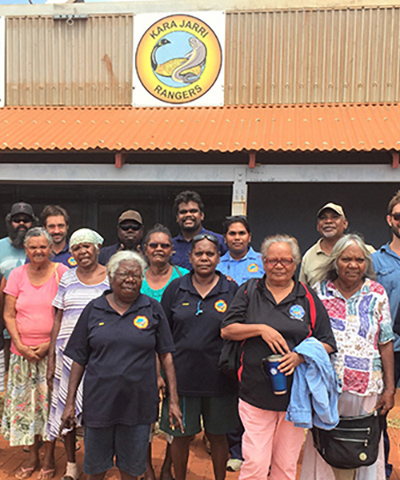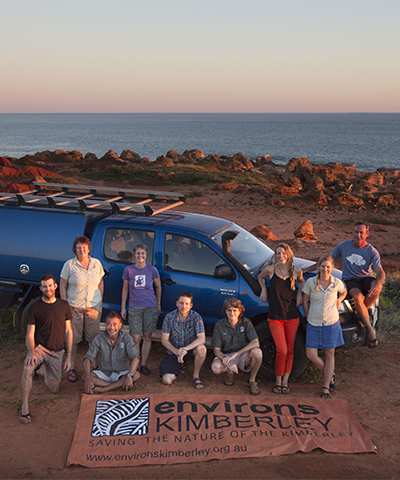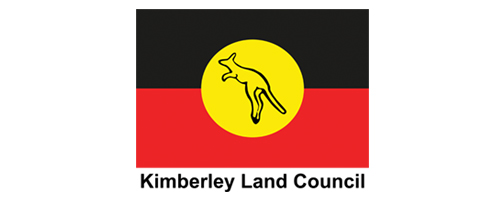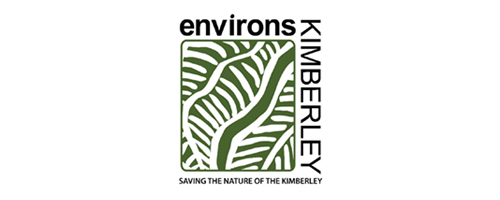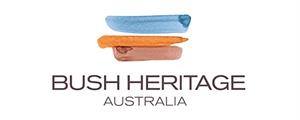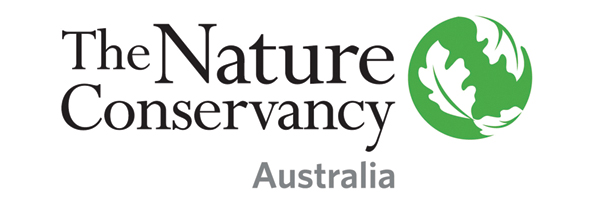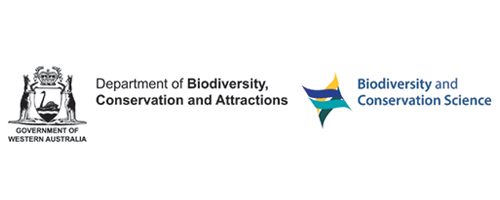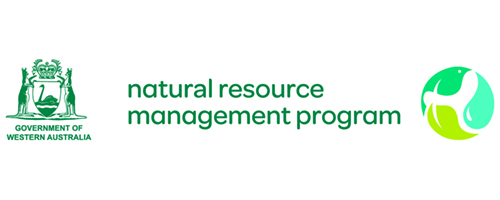
Project: 1.3.4
Pirra Jungku: Contemporary and traditional fire management approaches in the desert
Project Leaders: Karajarri Rangers , Environs Kimberley
Research in Brief
Landscape-scale fire management in arid areas is challenging because of the vast areas involved. Interest in using techniques like aerial incendiary for fire management in deserts is growing, but it is unclear whether this approach will deliver the same cultural practice, fire and biodiversity outcomes, as traditional, very fine-scale burning carried out from the ground.
This project aims to establish a monitoring program to measure the effectiveness of different approaches to fire management over a large Indigenous Protected Area in north-western Western Australia. The project aims to support the transmission of traditional ecological knowledge and will include a range of indicators of conservation and cultural significance.

Eugene Bumba during the Edgars biosurvey. Photo: Ewan Noakes, KLC
Why is the research needed?
Across Australia’s deserts, Indigenous people purposefully used fire for millennia to manage their country and its resources, with that management governed by social and cultural factors.That system has been disrupted in the last few decades, leading to damaging changes in fire regimes: large unmanaged wildfires have homogenised landscapes and contributed to declines in many native species.
Investment in Indigenous-led landscape-scale fire management across the deserts is now increasing, with the support of land councils, other Indigenous organisations, and new initiatives such as the Ten Deserts Project. The advent of aerial burning techniques offers opportunities to burn efficiently, in otherwise-inaccessible areas, and at much larger scales than is currently possible from the ground. But these new techniques introduce important considerations for Indigenous communities regarding the governance and aims of their fire management, including:
-
Delegating responsibility for lighting fires from the broader group of (older) custodians to a smaller group of (younger) rangers.
-
Assessing whether contemporary fire management achieves the same cultural and environmental outcomes, because culturalfire management is carried out from the ground at smaller, more intensive scales, and often more tightly linked to resource management. Cultural burning is also associated with walking the land, leading to monitoring, site visitation, cultural practice and connection.
How will the research help?
This project will support Traditional Ecological Knowledge (TEK) transmission, reinvigorate cultural burning practices, and compare environmental outcomes, including for threatened species, of contemporary burning practices with cultural burning in the Karajarri IPA, which lies south of Broome, in north-west Australia. It covers almost 30,000 km2 of pindan shrubland (near the coast) grading quickly to desert dune fields.
Specifically, the project team will establish a monitoring project that compares fire patterns (assessed using fine-scale satellite imagery), and biodiversity indicators (including biocultural indicators) at sites subject to contrasting fire management approaches. These approaches will include intensive cultural burning, carried out during extended on- country visits, with landscape-scale burning carried out using aerial incendiary.
The discussions around the design of the project, and the initial rounds of data collection, will support the community to think through key issues of governance and objectives. The project will also contribute to the collective focus around the best way to deliver landscape-scale fire management, coupled with biodiversity monitoring, that is emerging across the deserts. Finally, the project will support improved fire management over a large IPA, with benefits to threatened species (especially bilby, princess parrot) and other declining species. 
.jpg) Jackie Shoveller with nyaminyari (billygoat plum). Photo: Karajarri IPA
Jackie Shoveller with nyaminyari (billygoat plum). Photo: Karajarri IPA
What research activities are being undertaken?
The project will involve the following research activities:
-
An integrated fire management and biodiversity monitoring plan, structured around the contrast between cultural and contemporary approaches to fire management, and designed by rangers, the community and the project researchers.
-
An extended community (> 30 people, all ages) field trip from cultural versus in the IPA to carry out cultural burning at a focal study site, and to collect environmental and cultural data (e.g. vegetation structure, bilby activity, small mammal abundance, food plant productivity, bush meat hunting efficiency).
-
Enhanced TEK transmission and reinvigoration of cultural burning practices.
-
Contrast between historical fire patterns with present day (using archived photography and high res sat imagery);
-
A report on the first project fieldtrip, including data summaries and narrative.
-
A workshop, hosted at Bidyadanga, with attendees from other desert groups, to share experiences about finding the balance between contemporary and traditional approaches to fire management.
Who is involved?
This project is a collaboration between Karajarri Indigenous Protected Area, The University of Queensland, the Kimberley Land Council and Environs Kimberley. and Wynston Shovellor (right) the first ranger team to complete a burning run in the Kimberley Image Ewan Noakes KLC.jpg)

Braedan Taylor (left) and Wynston Shovellor (right) the first ranger-only team to complete an aerial burning run in the Kimberley. Photo: Ewan Noakes, KLC
Where is the research happening?
The research is taking place at the Karajarri Indigenous Protected Area in north-western Australia.
When is the research happening?
The project will run for two years from 2019 to 2021.
Further information
For more information please contact:
Sarah Legge - SarahMariaLegge@gmail.com
Ewan Noakes - Ewan.Noakes@klc.org.au
Malcolm Lindsay - malcolm@environskimberley.org.au
Top image:Yarri nyari (bush onion) Photo: Karajarri IPA
-

Appeasing Bluetongue Managing fire in the Great Sandy Desert
Tuesday, 13 August 2019 -
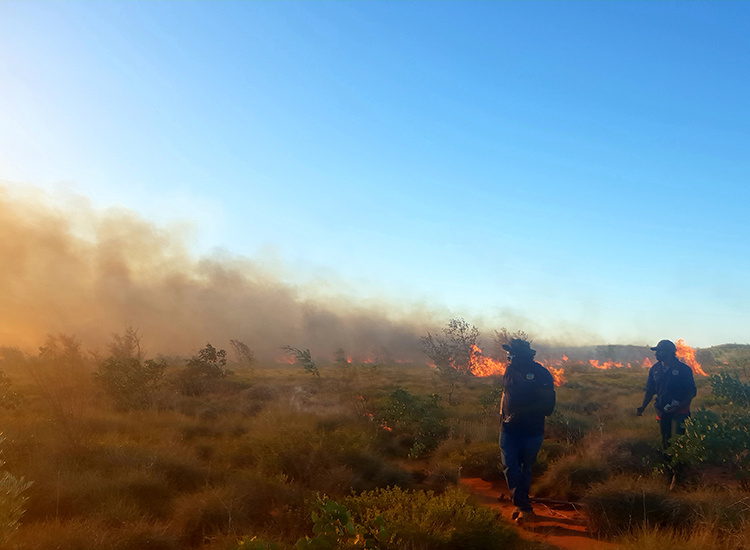
Pirra Jungku (desert fire): New ways for traditional burning
Wednesday, 02 September 2020 -
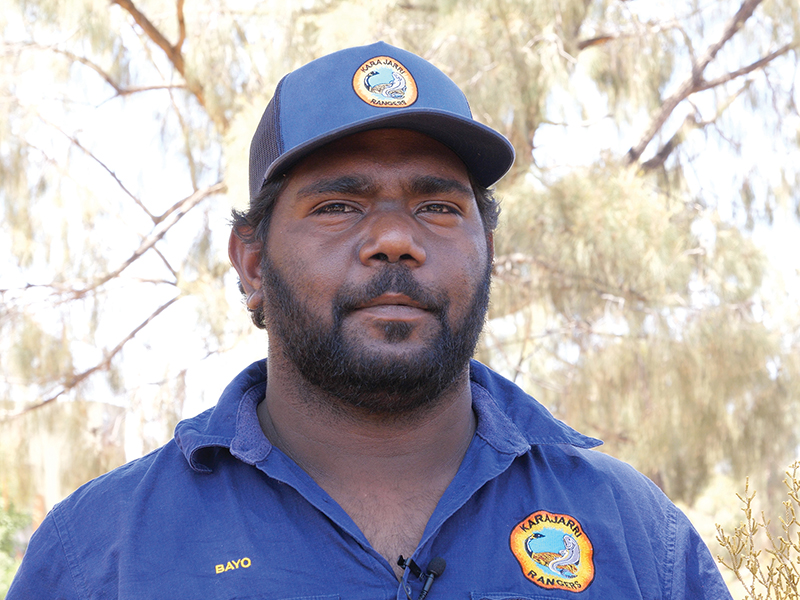
Indigenous land manager profile: Braedan Taylor
Tuesday, 30 June 2020 -

Building collaboration and two-way science
Sunday, 12 December 2021

